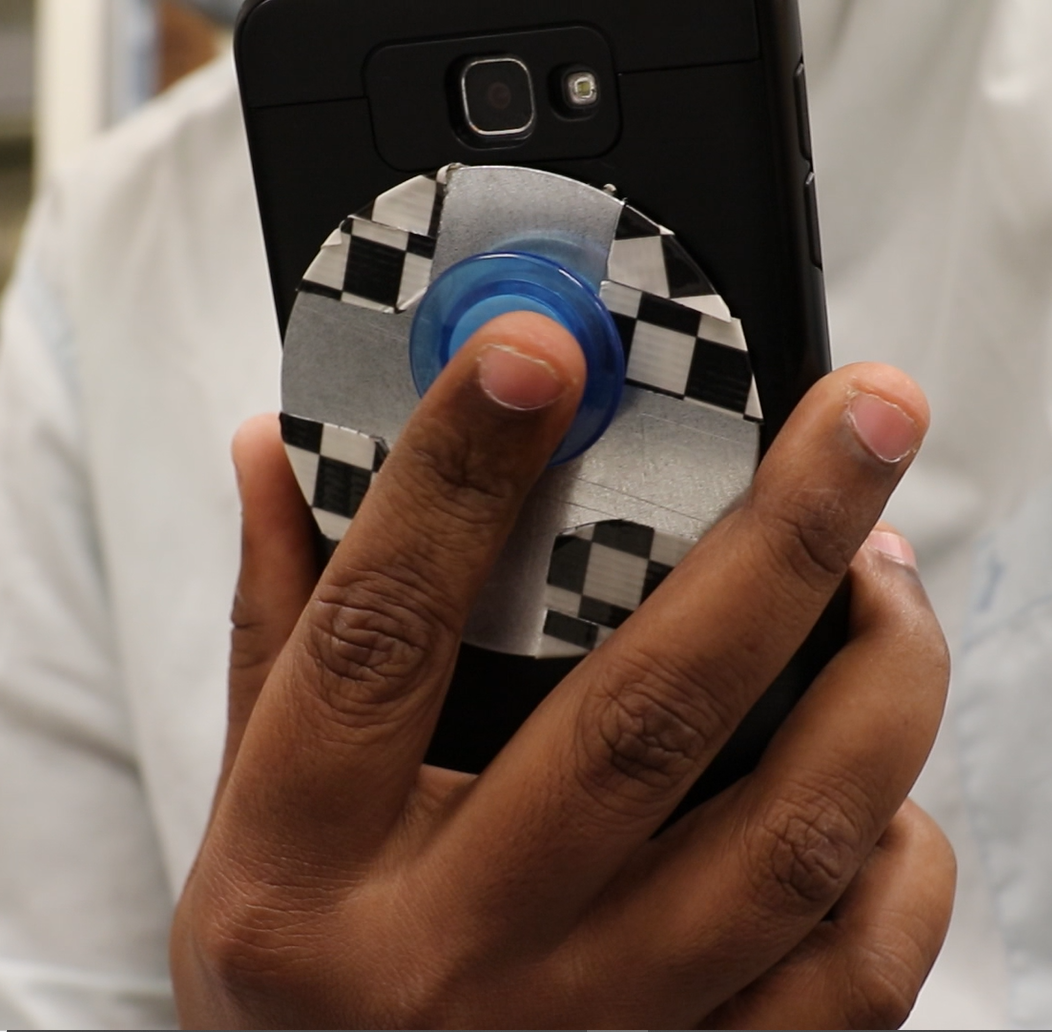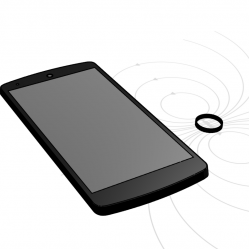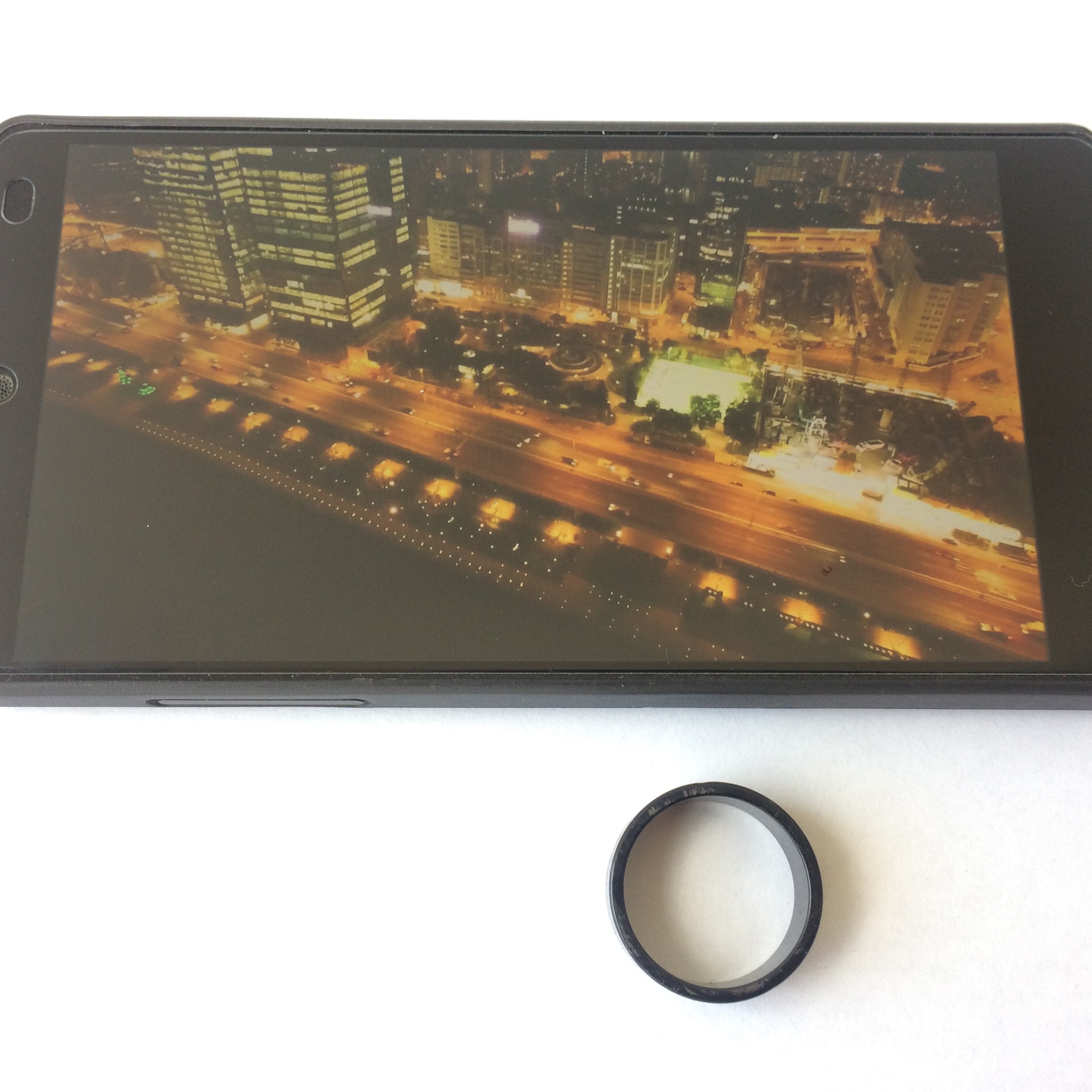The majority of mobile applications use built-in touchscreens and/or accelerometers to provide direct ways for user inputs. Yet, the need to manipulate the device itself (e.g. touch, tilt) poses usability issues such as occlusion and inaccuracy. To address these issues, research proposed using the built-in magnetometer and magnets to facilitate around-device in-teractions. However, there is little evaluation in how this technique impacts performance and user experience beyond simple docking tasks. To fll this gap, we explored the mobile gameplay context by implementing an interface that uses ro-tatory gestures from a magnetic ring as input, and compared two control mappings (angular and linear) with touch and tilt in a usability study using a mobile game. We found that rotatory gestures with the ring, when mapped to angular controls, were on par with touch and superior over tilt, and engendered greater gameplay experience and sense of map-ping. Based on our fndings, we discuss implications of using this technique for gameplay, as well as other applications.
People
Publications








